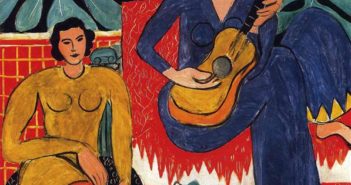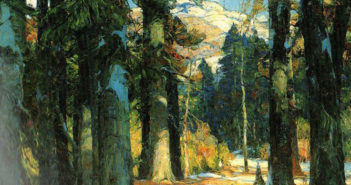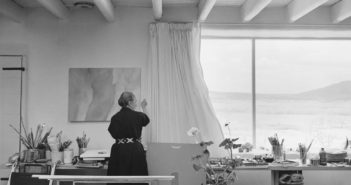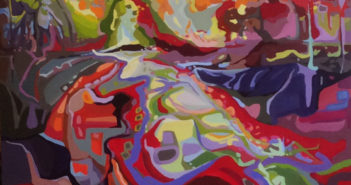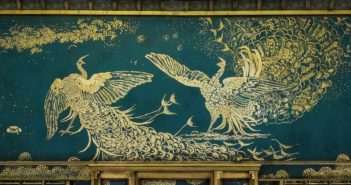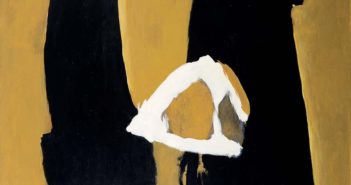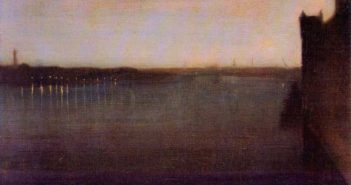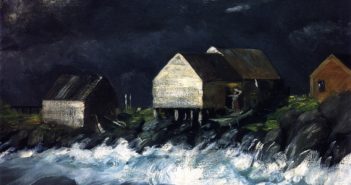
A Wing and a Prayer
When 25 new subscribers all have the same zip code, we can determine they are all from an art school or university. A professor of art or a painting instructor may have said to a class, “Here’s someone in the real world who struggles with art every day, writes this letter and gives tips. Subscribe — you might get something out of it.”


